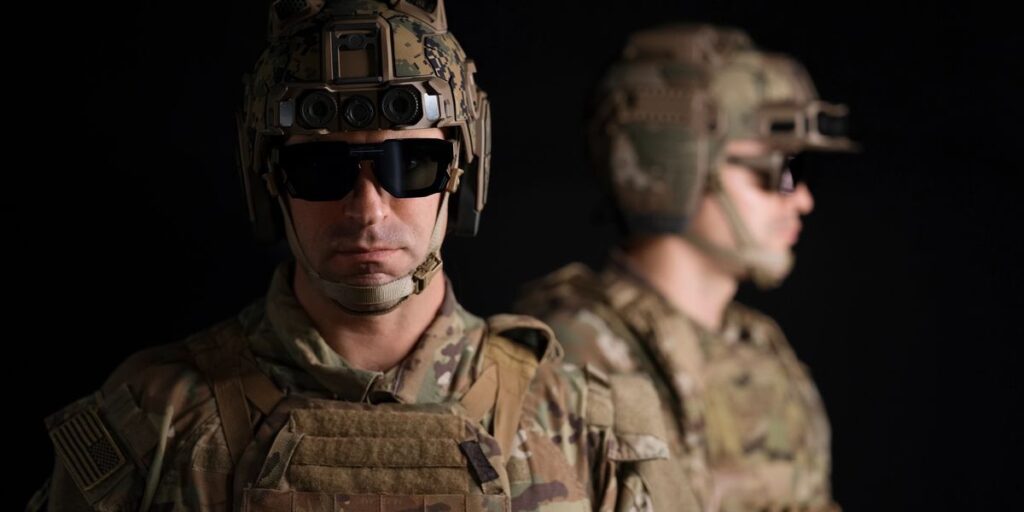AUSA 2025: Anduril Industries Unveils EagleEye Mixed Reality Headsets
Anduril Industries unveiled its EagleEye family of mixed reality headsets at the 2025 edition of the Association of the United States Army conference, with CEO Palmer Luckey claiming the headsets will provide soldiers with “an AI partner embedded in your display”.
Anduril says the EagleEye headsets come in multiple configurations, including helmet, visor, and glasses variants. The technology used builds on the company’s work on the Army’s Soldier Borne Mission Command (SBMC) and Soldier Borne Mission Command–Architecture (SBMC-A) programs developing mixed reality headsets, adding a heads-up display and “helmet-native” hardware.
Anduril claims EagleEye has purpose-built daytime and night vision heads-up displays, with the integrated blue force tracking allowing users to “know the precise location of teammates in world space, such as their exact position within a building or on a specific floor, rather than simply appearing as a dot on a 2D map”.
The helmet configuration unveiled at the conference is equipped with what Anduril calls rear-view and flank-view sensors intended to expand awareness, with additional spatial audio and radio frequency sensors alerting operators to “hidden or immediate threats”.
EagleEye is part of Anduril’s Lattice “ecosystem” of networked systems, with the company claiming its connection to other Lattice distributed sensors allow users to detect and track threats even when line of sight is blocked by terrain or structures. Anduril also says Lattice’s mesh networking capabilities will allow command and control even in environments subject to intense electronic warfare.
The EagleEye headsets are developed in collaboration with Meta, OSI, Qualcomm Technologies, Inc., and Gentex Corporation, with Anduril claiming that the collaboration brings “proven technology directly into defense”, lowering costs and development time needed. Anduril announced a partnership with Meta on extended reality technology in May, reuniting Luckey with the company that fired him in 2017, three years after acquiring the Oculus virtual reality startup he founded.

